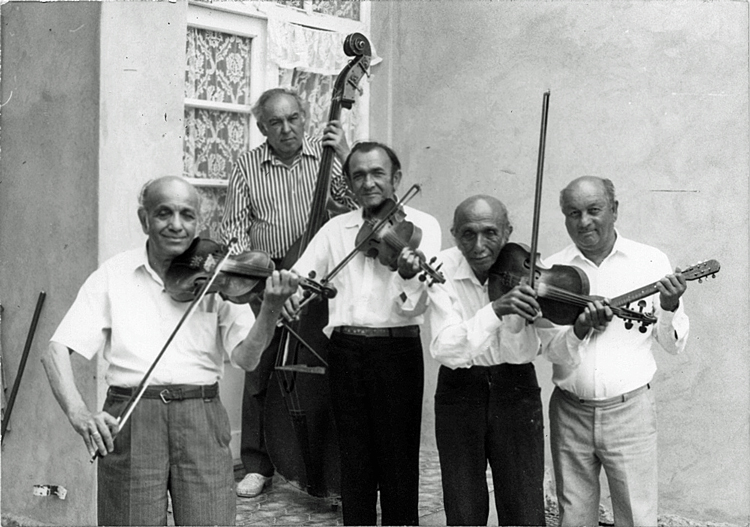Hungarian string band tradition was inscribed in UNESCO’s Representative List of the Intangible Cultural Heritage of Humanity this month. The string band tradition is one of Hungary’s crucial ensembles and one of the most widespread representatives of folk music culture. The basic fiddle-viola-bass configuration varies across regions and can be enlarged to include additional string players or reed instruments.
Prior to the middle of the twentieth century, string bands provided music for village parties, family and village festivities, agricultural events, and religious and public holidays. Currently, they play an essential role in stage performances, local festivities such as dances, and urban táncház (“dance-house” or folk dance parties). A group’s repertory can include thousands of melodies, which village musicians play completely from memory.
In addition to memory-based oral transmission, melodies are now also learned in formal educational settings using written transcriptions and audiovisual documentation. Because Hungarian string bands have always adapted to the social context, the melodies, lyrics, playing style and song selection are jointly shaped by the musicians and the dancers and audiences.
With its diverse instrumental composition, social and cultural purposes and diverse repertoire, the Hungarian folk string band has a diffusing effect across all of Europe and especially in neighboring areas, making it one of the most influential musical phenomena in the region today.
(headline image; János Orós Kis and his band from Bogyiszló, one of the emblematic bands of the Transdanubian region. Mihalovics Zsolt, grandson of Orós, is the leader of the band nowadays, who learned the folk music tradition from his grandfather – Photo by Halmos Béla © Hungarian Heritage House, 2014)


